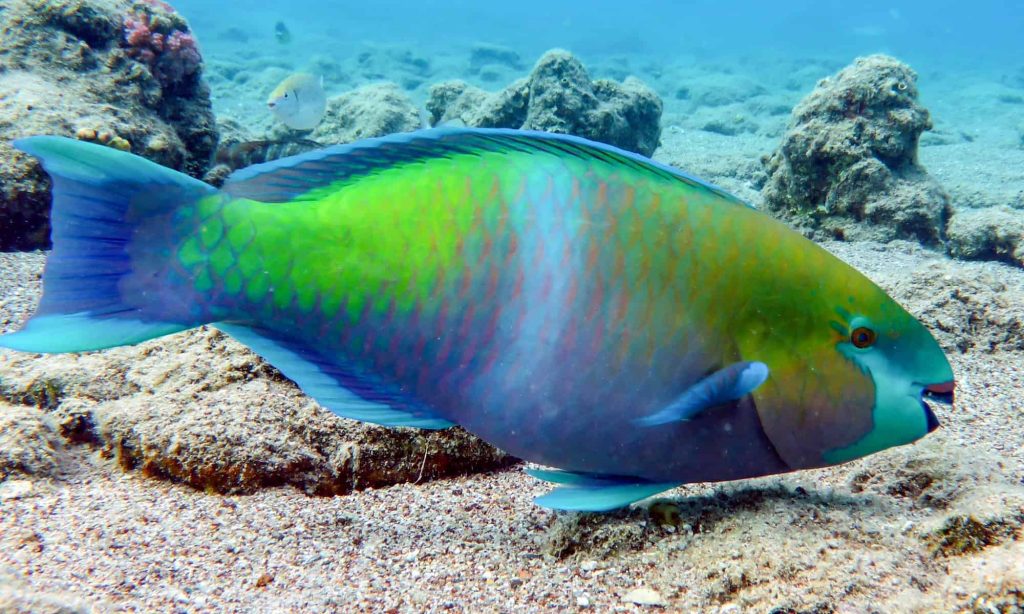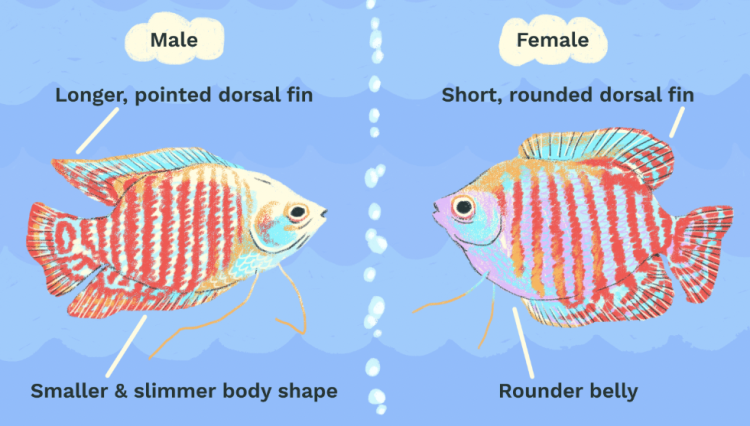Introduction: The Enigmatic Parrot Fish
Coldwater parrot fish are captivating creatures known for their vibrant hues and unique personalities. As a popular choice among aquarists, understanding the differences between male and female parrot fish is crucial for proper care and breeding. This article will illuminate key distinctions in color, shape, and behavior that can help you identify these enchanting fish.
Coloration: A Tale of Two Shades
The most noticeable distinction between male and female coldwater parrot fish lies in their coloration. Males typically exhibit a deep red color, which can be striking and vivid, while females tend to have a paler, somewhat whitish hue. Interestingly, during the breeding season, female parrot fish can become entirely white, a transformation that serves to attract potential mates. This temporary color change is among the most striking features of their reproductive behavior, emphasizing the dual nature of their physical appearance while also playing a functional role in their life cycle.
Physical Characteristics: Fins and Form
Beyond coloration, the physical attributes of parrot fish provide further clues for gender identification. Males generally possess longer and more pointed dorsal and anal fins, which may even extend beyond the tail fin. On the other hand, females feature shorter fins that do not exceed the length of their tail fins, presenting a more streamlined silhouette. Additionally, a closer inspection reveals that male parrot fish have smoother, flatter bellies, while females typically exhibit a rounded belly, especially notable during longer periods of development leading up to spawning.

Behavioral Traits: The Nature of the Beast
Behavioral patterns offer yet another lens through which to discern the gender of coldwater parrot fish. Males are often more aggressive and territorial, displaying dominant behaviors that can include fin flaring and chasing other fish away from their claimed space. Conversely, females are known for their docile and nurturing nature, often avoiding conflict and demonstrating a more passive disposition. This stark contrast in temperament not only affects their interactions with one another but also serves as an essential factor for aquarium enthusiasts who aim to maintain a harmonious tank environment.
Conclusion: A Comprehensive Understanding
In summary, distinguishing between male and female coldwater parrot fish can be achieved through careful observation of coloration, physical traits, and behavioral tendencies. By recognizing these key differences, aquarists can better understand their fish and foster a suitable environment that caters to both genders’ unique needs. This knowledge not only enhances the care for parrot fish but also deepens the appreciation for the captivating complexity of these aquatic companions.























































